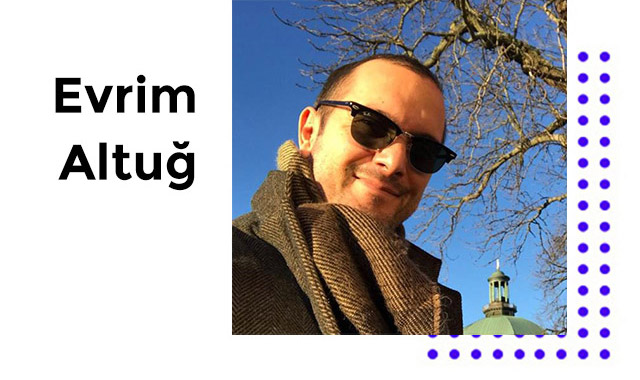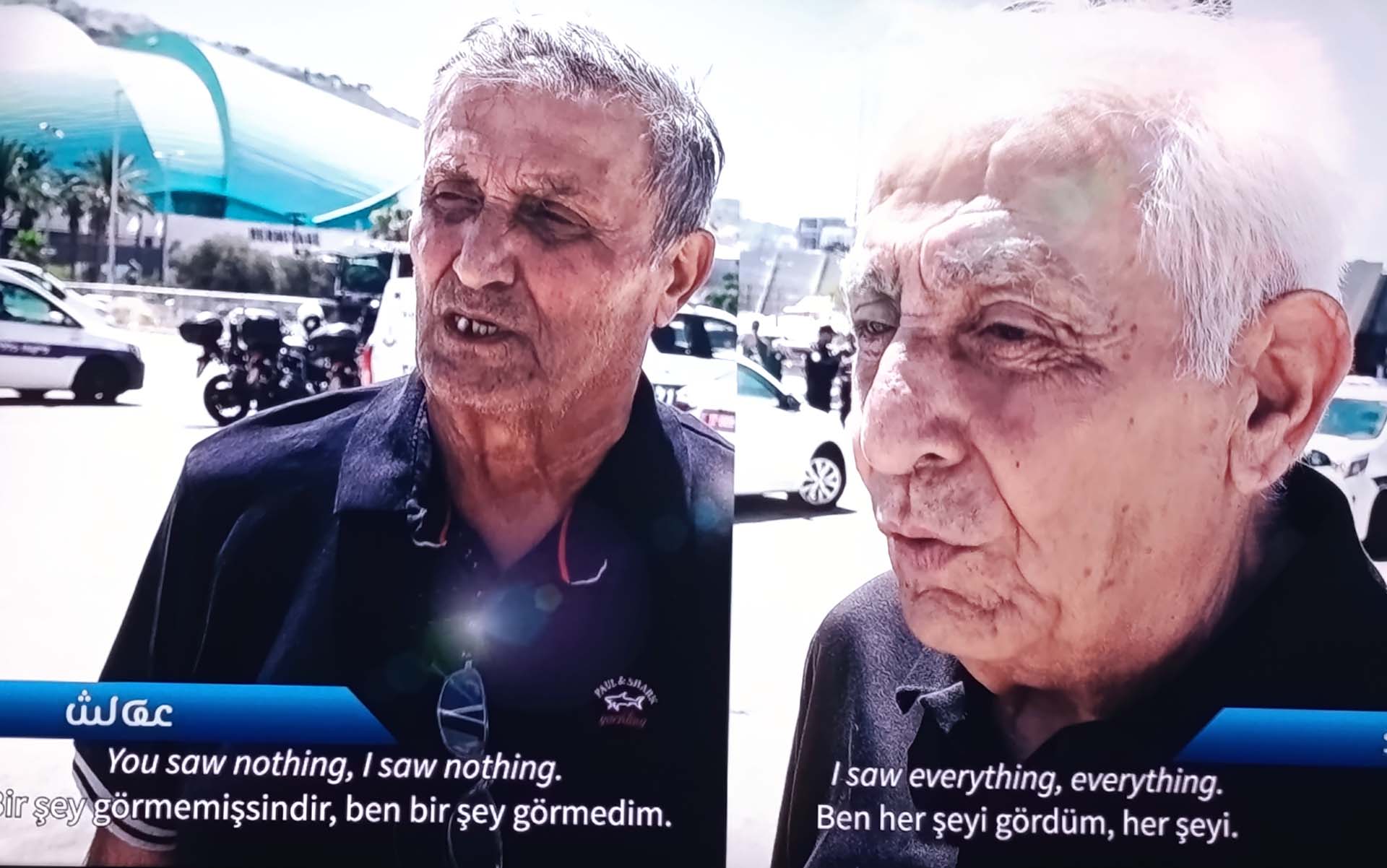
The 18th International Istanbul Biennial, titled “Three-Legged Cat,” is taking place across various venues in Beyoglu and Karakoy and will run free of charge until November 23, 2025. Curated by Lebanese curator Christine Tohmé, the biennial features four Palestinian artists. Among them, Mona Benyamin’s work – standing out with its humanity-filled messages that overturn the media language on the “Palestinian issue” – is presented to visitors at the historic Elhamra Han on Beyoglu’s Istiklal Avenue.
Curated by Lebanese curator Christine Tohmé, the 18th International Istanbul Biennial organized by IKSV functions as an “international platform” for the Beirut-born senior art professional’s sensitivity toward the humanity and art of the “Third World.”
Sponsored by Koc Holding as main supporter until 2036, the biennial sees the curator acting like a commendable “chairperson,” approaching the artists and their projects with equality and granting each of them democratic freedom of expression aligned with their own narratives and aims.
In the biennial, spread across at least six venues – some restored, some newly discovered – the works that “take shelter” like cultural migrants do not interrupt each other’s words or images. Both the artworks and the viewers are able to embrace one another freely – across generations, side by side, from video to installation, from sculpture to drawing – conversing without hierarchy, without concern for what is better or worse.
At the Istanbul Biennial, directed by Kevser Guler, curator Christine Tohmé, who avoids the trap of Orientalism, presents “Three-Legged Cat: The Art of Survival,” a three-year-spanning biennial. Its simultaneity with both the “Bird’s-Eye View Palestine” exhibition at the Istanbul Research Institute within Koc University (running until January 25) (1) and the “Gaza Biennial Istanbul Pavilion: A Cloud in My Hand” exhibition at Depo Istanbul (2) produces a significant harmony of voices and images.
In her address, Tohmé—pointing to events in oppressed and violence-stricken geographies, particularly Palestine (3)—summed up her thoughts for the biennial’s participants as follows:
“…In recent days, everything that everyone gathered here has been facing many ‘bumps.’ These are entirely ‘political bumps’; entirely ‘emotional bumps.’
We are witnessing one of the darkest chapters in history. Through all the work we do, we can only hope for this: that we are making an effort for change, to alter, even slightly, the feelings of people who live under oppression in this world.
I dedicate these words, all of my labor, to the memory of the victims and the triumphs of those who remain. Because we will always remember them. They are with us every day. We will not forget those who remain.
My work is a gift to all those who remain behind. Those who remain are the very source of the strength of my labor. Therefore, at this biennial, my humble stance about these people, about love and generosity, will be this.
Likewise, here on this land, in Istanbul, we must also have this right, and this city must do its very best. We must come together with many cities. With them, we must be able to believe in change.
This change may not come now. But our children, they may bring it. The new generations may bring it. I am someone who believes in this.”
Under these circumstances, one of the four Palestinian artists invited to the biennial (Khalil Rabah, Sohail Salem, and Marwan Rechmaoi being the others) is Mona Benyamin, who is recorded in the biennial’s guide. The Haifa-born Palestinian artist’s video installation is exhibited on the upper floor of the historic Elhamra Han, located between Karakoy and Beyoglu, together with several international artists, though in a separate screening room.
Viewed in a darkened space from a ‘TV couch’ accommodating up to three people, the work is additionally notable for being commissioned by The Mosaic Rooms / A.M. Qattan Foundation and supported by Art Council England and the Bagri Foundation (prior to the UK’s recent recognition of Palestine).
Alongside her abstract expressionist works on paper using mixed media, Mona Benyamin has also received (to date) two awards in her career. The artist, who earned the “Artist Changemaker at Global Fund for Women” grant five years ago and also holds the Lauren and Mitchell Presser Certificate of Excellence in Video Art, focuses in her 2023 work “Again / Tomorrow” (4) on the distorted, unreliable, and ephemeral language of mainstream media in relation to the ‘Palestinian issue.’
At the biennial, which will continue with various events until November 23, 2027, the free exhibition running until November 23, 2025 (5) features an 11-minute work that can be viewed every day except Monday, between 10:00 and 18:00, at different venues. Like the other works, this piece first makes the audience laugh, but soon gives way to a heavy sense of shame and conscience—like medicine coated in sugar—reinforcing the sincerity and power of this unexpected work to which viewers remain witnesses.
Educated in art in Jerusalem and a trained cellist, Palestinian artist Mona Benyamin—who wrote, directed, and edited this work presented at the Biennial—uses a private TV broadcast with an orange sun logo to stage a Main News Bulletin, a Weather Forecast, a Street Interview, and a Special Intelligence Report.
In each segment, Benyamin casts her real parents, Nahia and Michel, as actors, earning applause for how she has shaped them theatrically and cinematically with profound, Brechtian labor.
Born in 1997, Mona Benyamin now lives and works in Haifa and New York.
After viewing Benyamin’s hidden work on the upper floor of a historic bazaar at the 18th Istanbul Biennial, the spectator begins to ask anew about the location, right, and function of the real “remote control” of this world—and even when they last pressed its on/off button.
Through Benyamin’s ability to confront us with the lost “remote control of humanity,” the more the battery of the false media remote runs out, the clearer our perspective becomes on the lives we, the audience, are witnessing—like a remote striking against our heads, forcing clarity.


